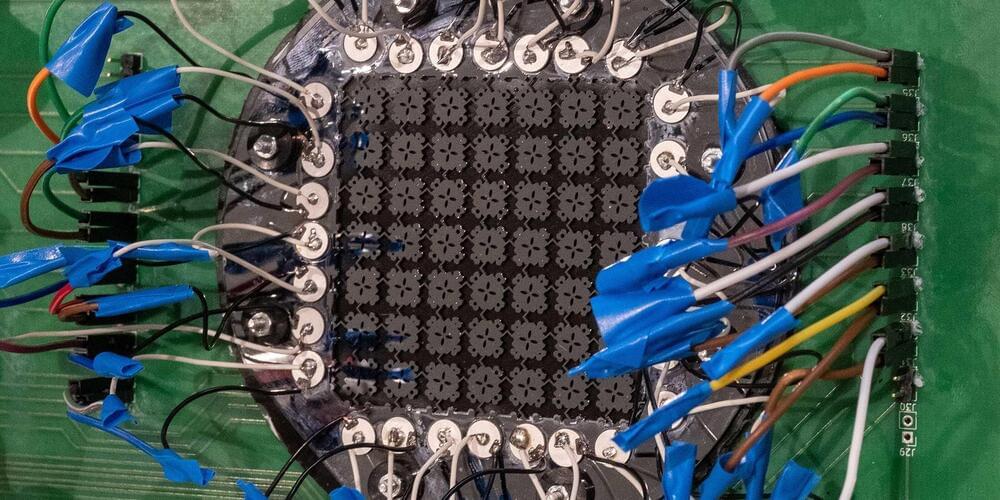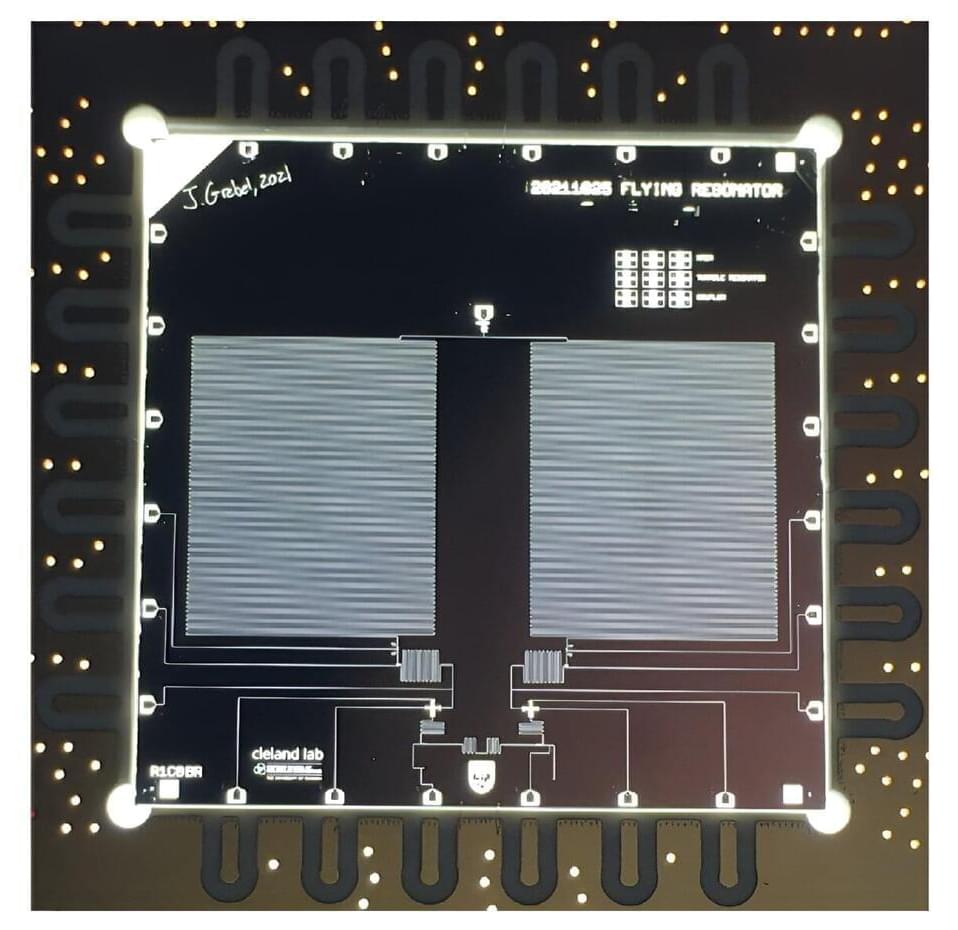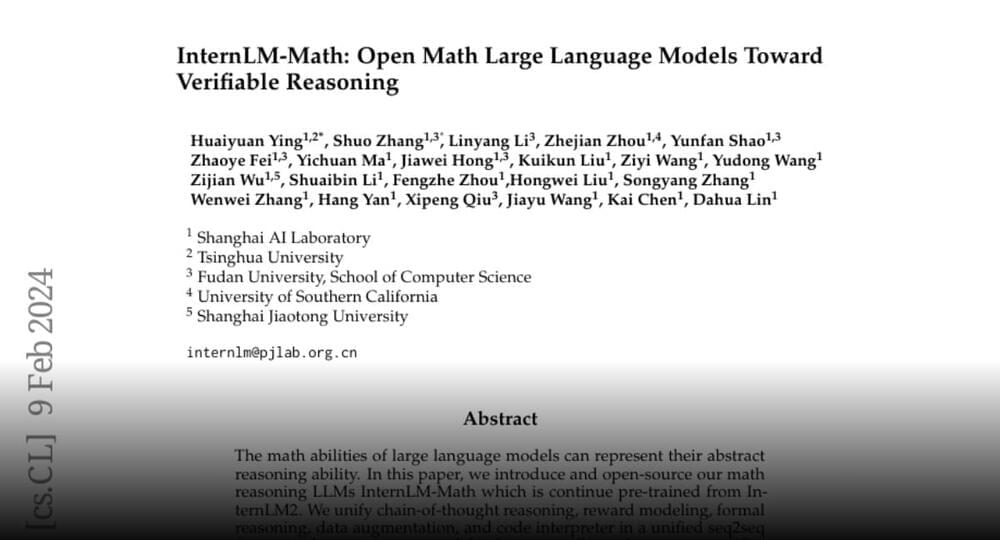Sensors that monitor infrastructure, such as bridges or buildings, or are used in medical devices, such as prostheses for the deaf, require a constant supply of power. The energy for this usually comes from batteries, which are replaced as soon as they are empty. This creates a huge waste problem. An EU study forecasts that in 2025, 78 million batteries will end up in the rubbish every day.
A new type of mechanical sensor, developed by researchers led by Marc Serra-Garcia and ETH geophysics professor Johan Robertsson, could now provide a remedy. Its creators have already applied for a patent for their invention and have now presented the principle in the journal Advanced Functional Materials.
Certain sound waves cause the sensor to vibrate “The sensor works purely mechanically and doesn’t require an external energy source. It simply utilizes the vibrational energy contained in sound waves,” Robertsson says.






